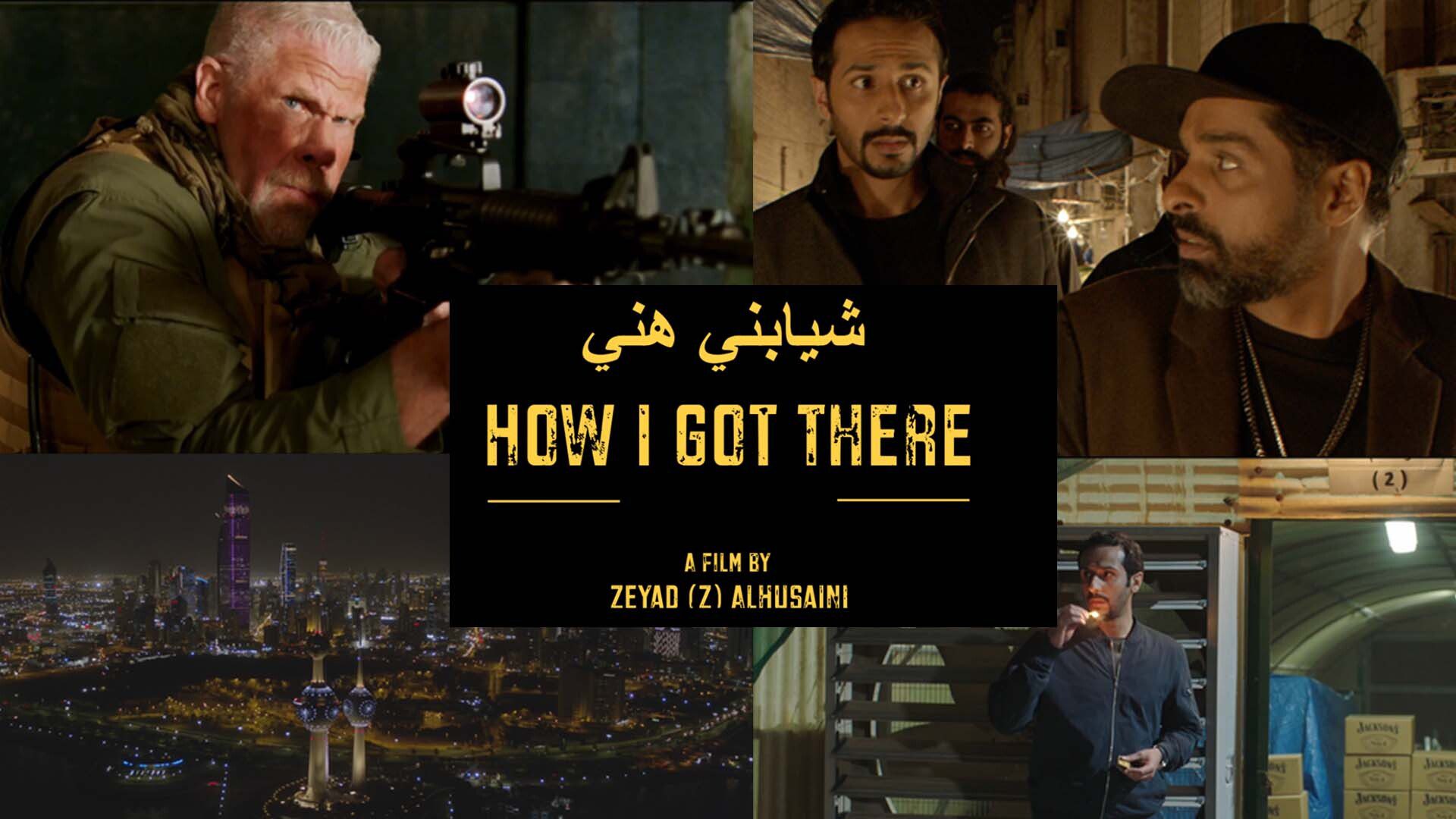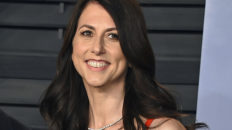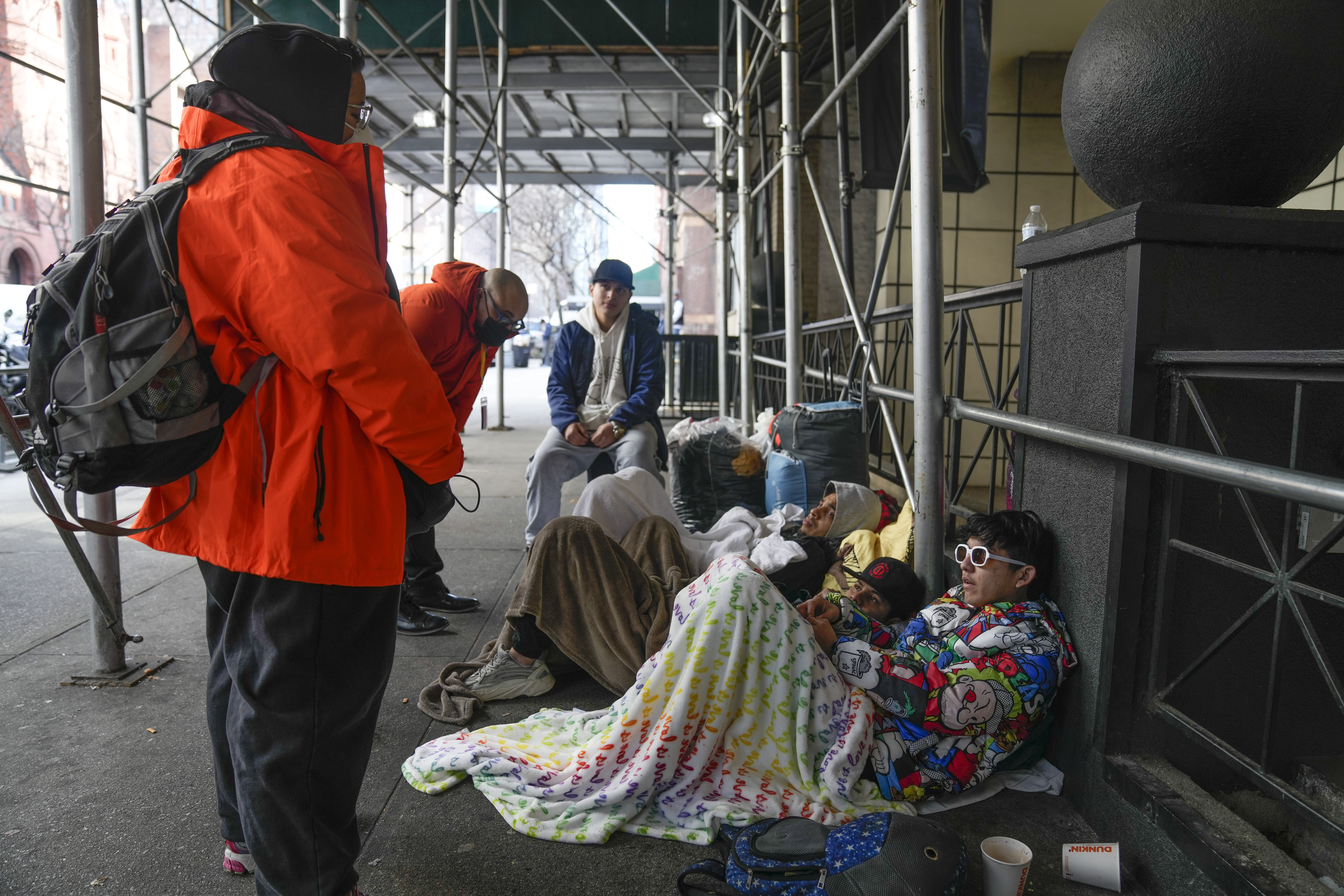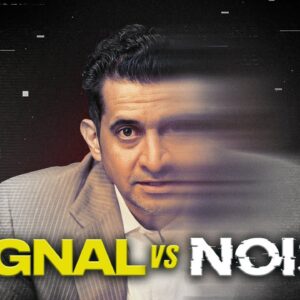
A good old-fashioned American success story can be told in any language.
Kuwaiti born filmmaker Zeyad (Z) Alhusaini has been on a decade-long mission that has he and his producing partners on the precipice of something monumental; playing a part in evolving the attitude and perceptions of an entire region, through his film called “How I Got There,” an action-packed English and Arabic dramatic thriller featuring a talented cast that includes American film icon Ron Pearlman.
What sets Z’s film apart from anything ever produced in this region of the world is only this; it’s never been done before. No movie in this form or with this elevated content, progressive storyline, and production level from the Middle East has been marketed for mainstream release in the United States.

Written in the U.S., shot in Mexico and Kuwait, posted in Paris, and soon, set to be screened at film festivals worldwide, “How I Got There” centers around two young Kuwaitis navigating the murky world of gun runners, terrorists, mercenaries, and local gangsters. While that description accurately explains the action that takes place on the screen, at its core, the movie has a relatable message that translates in any dialect; It’s the story of a person trying to find a better version of himself.
Zeyad has created an intimate story about a man’s journey to self-realization through inevitable self-destruction. Cate Blanchett was an early fan of the screenplay and supported the script as the head of the committee for the IWC Filmmaker Award at the Dubai International Film Festival in 2013.
The film is a labor of love and passion project that’s combined with all the elements of a major Hollywood production, and the real-life back story of how far it’s come is a storyline nearly as suspenseful as the fictional one.

Zeyad is a talented and devoted Kuwaiti/American auteur on a mission to reshape long-held cultural perceptions and entertain millions of people in the process. The international roads he’s traveled to get here have been lined with potholes on good days and landmines most others. The journey has never been easy, but it’s always been worth it, and Zeyad was forced to deal with let’s just say “unique” challenges almost from the very first day he conceived the project.
VTPost: This project has been at some level of production for a very long time. When, where, and how did you develop your initial vision for the film?
Zeyad: “It all started when I had an idea to write a movie about friends going through life in Kuwait. At the time, I was at Columbia University’s School of the Arts doing my MFA. I wrote a version of a first draft of the script during that period. At the time, I was attending an advanced screenwriting class with Prof. David Shaber, a fantastic professor and accomplished screenwriter. He wrote the scripts for The Warriors, Nighthawks, and The Hunt for Red October.
For some reason, I was not getting it right. I was not getting the right feel. One day, after class, Prof. Shaber, with whom I had shared my dilemma, approached me and said he knew how to fix my script. He consoled me and said he would let me know in the next class. Unfortunately, that night he passed away.
This was November 1999. For many years after his death, I did not look at the script. Then one day, I think it must have been 2012 or early 2013; I woke up and felt as if I had been looking through the wrong window all along. I had gotten a new perspective. And everything lined up; I knew exactly what the film was about and how it should flow.
With this new outlook, I wrote the first draft of the complete movie in a record time, a short period of 4 weeks. I felt that the script was being downloaded to me by higher forces. It was an energizing and very liberating experience.”

VTPost: A lot is riding on this film. Specifically, it’s not just a movie you hope to be just commercially successful because it presents Kuwaiti culture to the world and it will be the first time many people will experience it. How important was it for you to showcase Kuwait properly?
Zeyad: “Kuwait is a small country but quite ambitious. Like the US, it is a country of immigrants. We Kuwaitis all come from somewhere else, which has always been a source of strength and the reason for our cultural diversity. It was extremely important to me to convey this diversity we have and to play my part in changing the image of Kuwait and Arabs in general in the world. When I wrote the script, I wrote it with my “American eyes.” I had been in the US since 1991 and consider myself to be of both cultures – Kuwaiti and American. My goal was to make a film with an intelligent cinematic language, something the whole world could understand. At the same time, I also wanted to create an intimate local story that made us Kuwaitis proud of who we are, something that truly represents them. In a country known for arts and sports during the 70s and 80s, it had been a while since we had created something that was representative of the people of Kuwait and something that made them proud.
We also want this film to spark a cinematic wave from the Gulf region. A wave that brings forward innovative and fresh films from the region.”

VTPost: For any film to be successful, it generally requires a main character that an audience likes and roots for. Talk about the character “Salim,” and the actor who plays him Hamad Al-Omani.
Zeyad: “The character of Salim is the “All-Kuwaiti character.” Someone who is good-natured, a good friend, who has a decent life, but is always looking for a more exciting version of it. The character is based on a mix of different characters. There’s a bit of me in him; there’s a bit of my friends in him too. I wanted to create a likable and relatable character not only in my culture but also in any culture. But more importantly, I wanted representation. I wanted somebody to represent Middle Eastern people, in particular Kuwaiti people, and make them proud. Hamad Al-Omani is that guy. If you ever meet him, you will meet a very affable, fun-loving person who’s great to be around. You would never guess that he’s a kickboxing champion.”

VTPost: How were you able to film such elaborate and intense action scenes?
Zeyad: “My approach is always to make something small feel much bigger and elaborate. We had a script with over 170 scenes, and each scene was quite different and impactful. We have scenes that go back to the 1900s and, with one shot, move through the 80s, 90s, and into the 2000s.
The kind of action that I wanted to show, is what I call “Intelligent Mayhem” or “Poetic Mayhem.” I do not want to compete with a Hollywood action film; I wanted to make something different yet interesting. The fact that I did my Ph.D. on the subject of action came in handy. We wanted to create action scenes that had not been seen before but keep them artistic.
You have to consider, that the whole film is from someone’s memory. So, what does that look like? How does that feel? How do you remember things? It does not matter if they are accurate, but how did you remember them? The production was long and grueling. The infrastructure in Kuwait was not there, so we had a multinational crew that was fantastic. When we came to the action scenes, we knew we could not film them in Kuwait. The number of guns we had, the special effects, the logistics, and the stunts, made that impossible. So, we decided to film in Mexico. Although that presented a totally different set of challenges, it also made several things easier. For example, we could get Ron Perlman there safely and quickly.
I also had the amazing support of my Sayoc group. Sayoc is an incredible martial arts family specializing in Filipino tactical arts. Sayoc combat choreography is the fight choreography part of the group. They have choreographed such films as The Hunted and NCIS L.A., of which I was part of the choreography team.
We have great hip-hop music from the Gulf in the film. People do not know that there’s quite a thriving rap and hip-hop scene in Kuwait, which is very much underground. But we have really talented rappers in Kuwait, several of whom we featured in the film. The energy they bring shines a different light on Kuwait.

VTPost: The Festivals are coming up. Is that an important thing for you and your fellow producers?
Zeyad: “I think it’s crucial for us to participate in festivals. It opens the doors to new audiences and ensures that the world takes us seriously. Festivals like Cannes, Tribeca, Edinburgh and many others paved the way to reach a larger audience and share different artistic cinematic views. It introduces our cinema to the rest of the world, which hopefully will be accepted. And to us hopefully gets us on track to submit to the Oscars as Best Foreign Film. Every filmmaker dreams of one day winning an Oscar. But to us it’s not about the act of winning the Oscar, it’s about how even a nomination can inspire future directors to fulfill their visions. To make them believe that they can change the world, to represent their culture and change and share it with others.”
VTPost: Now that you can exhale for a moment with the film completed, is the finished product better than what you thought it would be or envisioned from just the words on the pages?
Zeyad: When I originally wrote the screenplay, I knew that the script I wrote will be different than the film I will shoot and probably different than the film I will edit. However, since I spent 15 years of my life thinking and dreaming about making this film, I could see every location, I could smell every scent, and hear every sound. I was very clear about what I wanted and ended up storyboarding most of the film. And now, when you look at the movie and compare it to the storyboards, they’re almost identical. This is definitely a project that is extremely close to the vision. For that, I really have to thank my producer. Aziz Al-Yaqout really fought for me to get there. He believed in the film so much that he actually ended up fighting for my vision, which he absolutely shares.



















Add comment